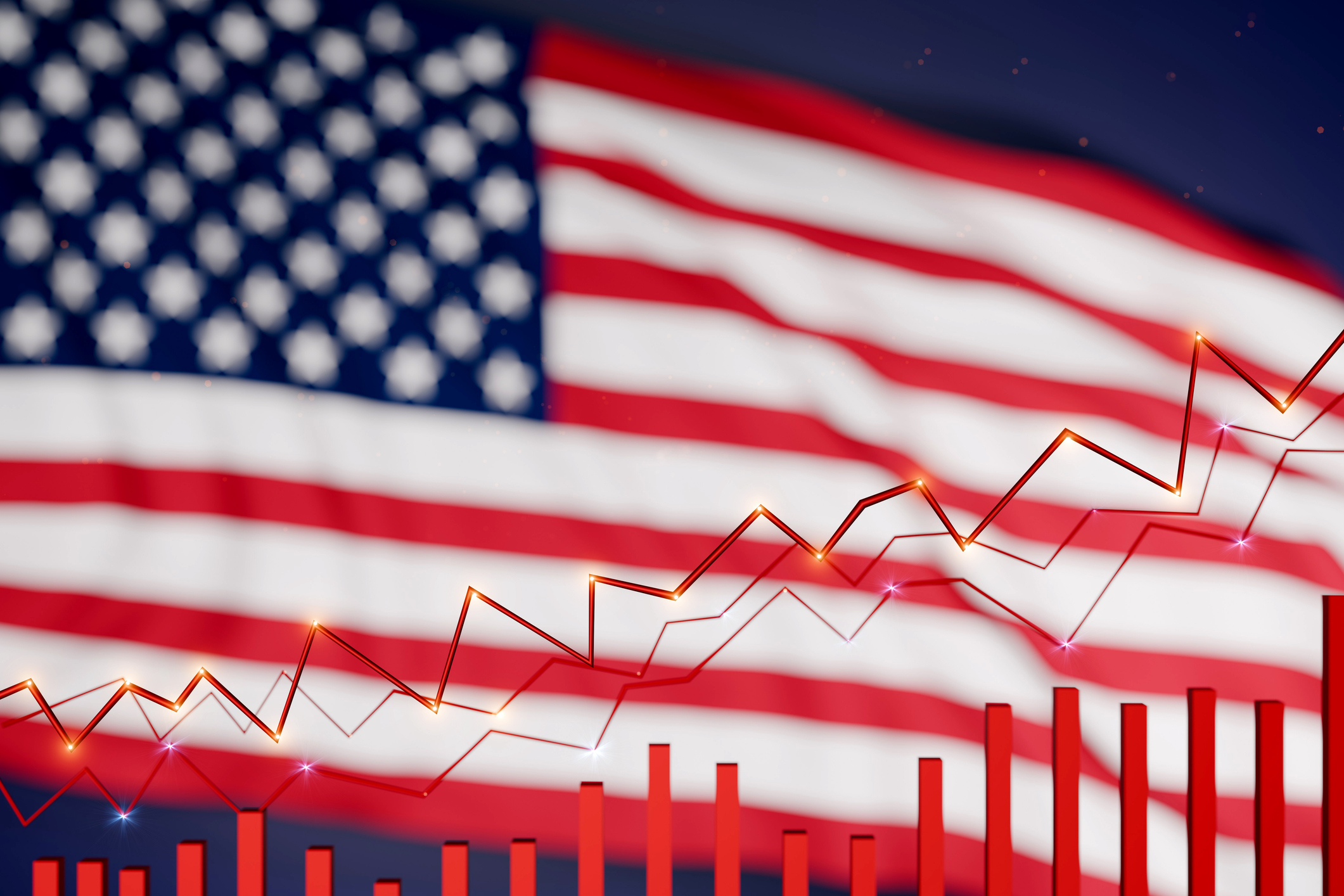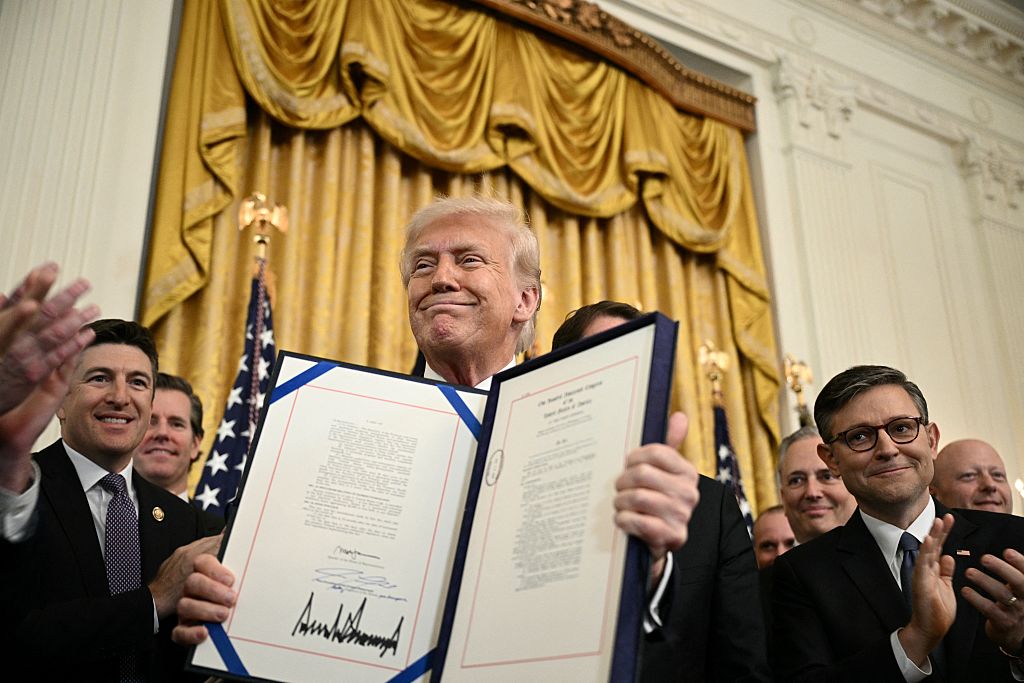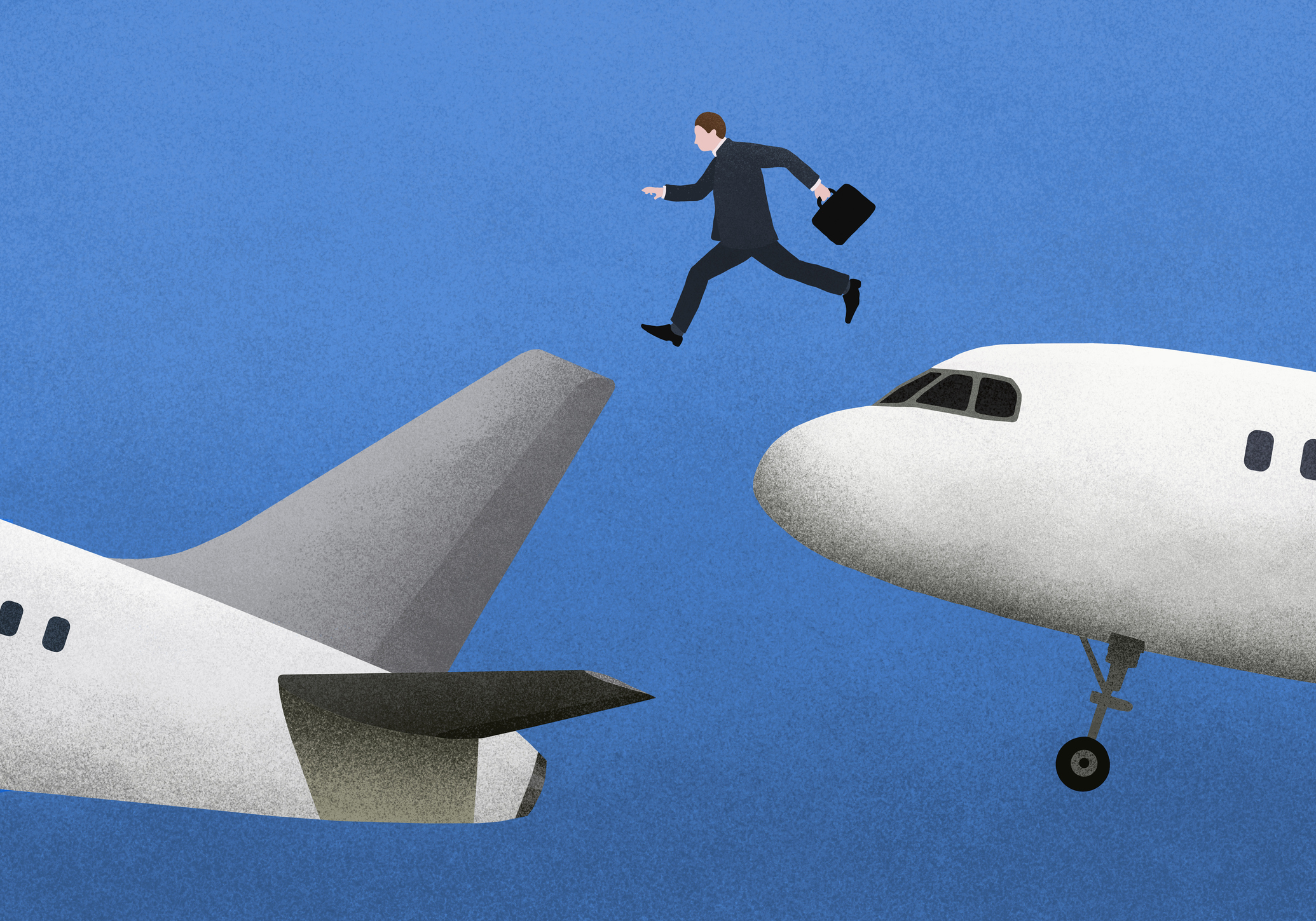Bond investors bet on interest-rate rises
The yield on ten-year US Treasury bonds has risen above 2% for the first time since 2019 as investors bet interest rates will continue to rise.

Bond markets think central banks are about to get tough. The yield on the benchmark ten-year US Treasury bond has risen above 2% for the first time since 2019 following this week’s data showing that US inflation hit 7% in December. Investors are betting that the Federal Reserve will be forced to raise interest rates seven times this year to get price rises under control.
Typically, investors demand higher yields for holding bonds that mature further in the future: the US two-year Treasury pays less than 1.6%, compared with 2% for the ten-year, say Davide Barbuscia and David Randall on Reuters. However, “yields of short-term US government debt have been rising fast this year, reflecting expectations of a series of rate hikes” while “longer-dated government bond yields have moved at a slower pace”. Hence the gap between the yield on short- and long-duration bonds has been falling. This trend – referred to as the yield curve “flattening” – implies that investors think tighter monetary policy will lead to slower growth.
So far, the bond sell-off has been “relatively broad and orderly”, says Marcus Ashworth on Bloomberg. Investors are starting to distinguish between classes of bonds again: riskier bonds have seen their yields rise more than safer government bonds. “Italy’s yield premium to Germany… is at the widest for more than a year.”
MoneyWeek
Subscribe to MoneyWeek today and get your first six magazine issues absolutely FREE

Sign up to Money Morning
Don't miss the latest investment and personal finances news, market analysis, plus money-saving tips with our free twice-daily newsletter
Don't miss the latest investment and personal finances news, market analysis, plus money-saving tips with our free twice-daily newsletter
Still, last year was the global bond market’s worst since 1999, says Mark Tinker in the Australian Financial Review. The start of 2022 has also been “absolutely terrible”. After years of almost free central bank money and expectations of low inflation, the market is now being forced to reprice. Inflation is soaring and central banks are preparing to sell some of their bond holdings. “The question for long-term investors… has to be ‘why own any bonds at all?’.”
Get the latest financial news, insights and expert analysis from our award-winning MoneyWeek team, to help you understand what really matters when it comes to your finances.
Alex is an investment writer who has been contributing to MoneyWeek since 2015. He has been the magazine’s markets editor since 2019.
Alex has a passion for demystifying the often arcane world of finance for a general readership. While financial media tends to focus compulsively on the latest trend, the best opportunities can lie forgotten elsewhere.
He is especially interested in European equities – where his fluent French helps him to cover the continent’s largest bourse – and emerging markets, where his experience living in Beijing, and conversational Chinese, prove useful.
Hailing from Leeds, he studied Philosophy, Politics and Economics at the University of Oxford. He also holds a Master of Public Health from the University of Manchester.
-
 ‘Why I have ditched my Help to Buy ISA for cash savings and the stock market’
‘Why I have ditched my Help to Buy ISA for cash savings and the stock market’Without the 25% bonus, my Help to Buy ISA is effectively redundant, says MoneyWeek writer Sam Walker.
-
 Is your inheritance tax allowance cut if you sell to downsize or sell your home to pay for care?
Is your inheritance tax allowance cut if you sell to downsize or sell your home to pay for care?Downsizing relief is a little-known benefit that could save your loved ones tens of thousands of pounds in inheritance tax after you’ve died.
-
 Stock markets have a mountain to climb: opt for resilience, growth and value
Stock markets have a mountain to climb: opt for resilience, growth and valueOpinion Julian Wheeler, partner and US equity specialist, Shard Capital, highlights three US stocks where he would put his money
-
 The steady rise of stablecoins
The steady rise of stablecoinsInnovations in cryptocurrency have created stablecoins, a new form of money. Trump is an enthusiastic supporter, but its benefits are not yet clear
-
 SRT Marine Systems: A leader in marine technology
SRT Marine Systems: A leader in marine technologySRT Marine Systems is thriving and has a bulging order book, says Dr Michael Tubbs
-
 Goodwin: A superlative British manufacturer to buy now
Goodwin: A superlative British manufacturer to buy nowVeteran engineering group Goodwin has created a new profit engine. But following its tremendous run, can investors still afford the shares?
-
 A change in leadership: Is US stock market exceptionalism over?
A change in leadership: Is US stock market exceptionalism over?US stocks trailed the rest of the world in 2025. Is this a sign that a long-overdue shift is underway?
-
 A reckoning is coming for unnecessary investment trusts
A reckoning is coming for unnecessary investment trustsInvestment trusts that don’t use their structural advantages will find it increasingly hard to survive, says Rupert Hargreaves
-
 Metals and AI power emerging markets
Metals and AI power emerging marketsThis year’s big emerging market winners have tended to offer exposure to one of 2025’s two winning trends – AI-focused tech and the global metals rally
-
 8 of the best houses for sale with beautiful fireplaces
8 of the best houses for sale with beautiful fireplacesThe best houses for sale with beautiful fireplaces – from a 15th-century cottage in Kent to a 17th-century palazzo in Oxfordshire